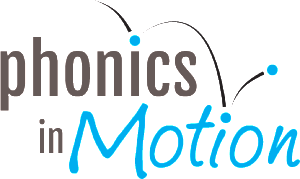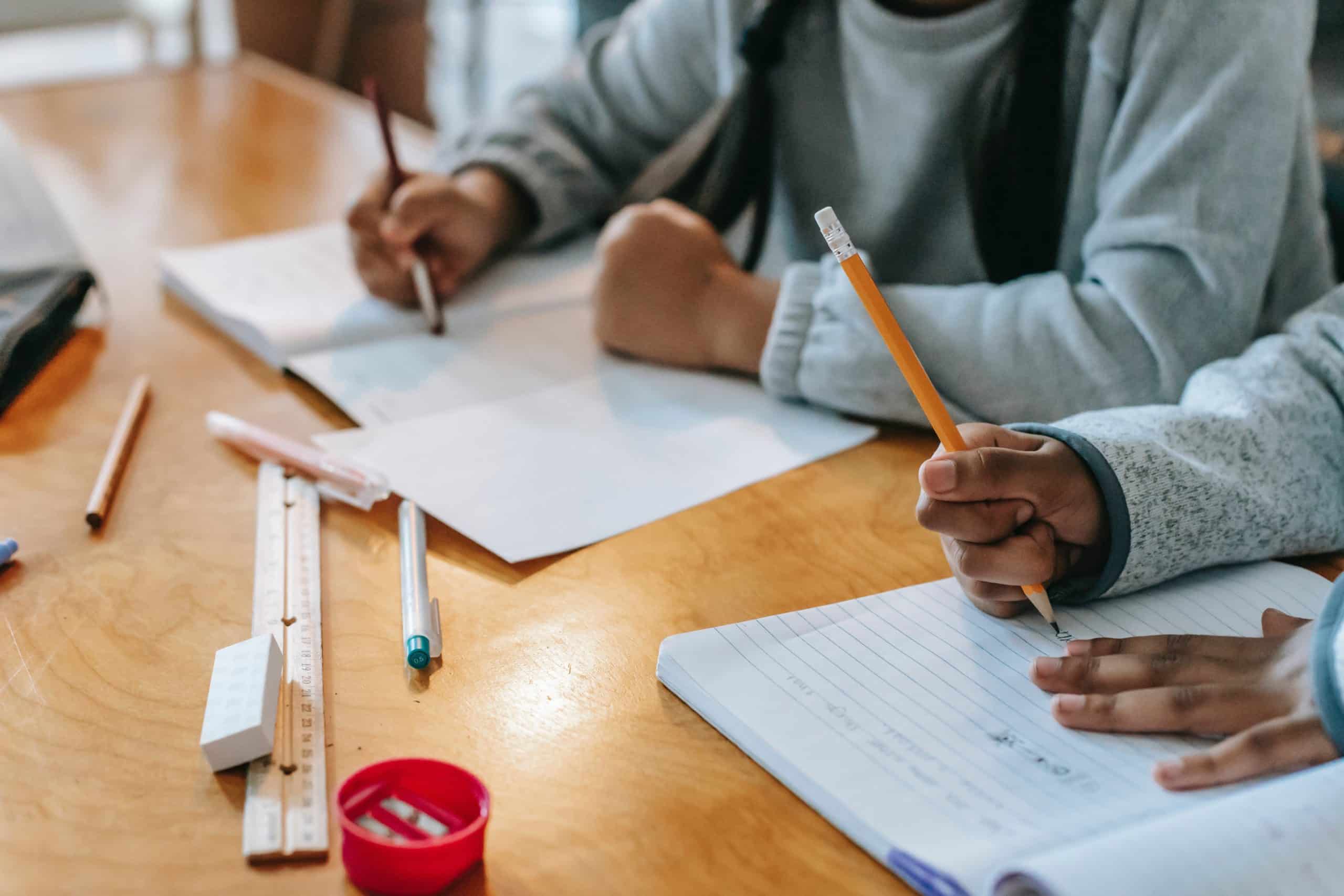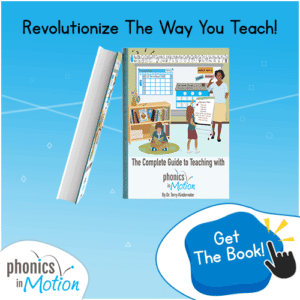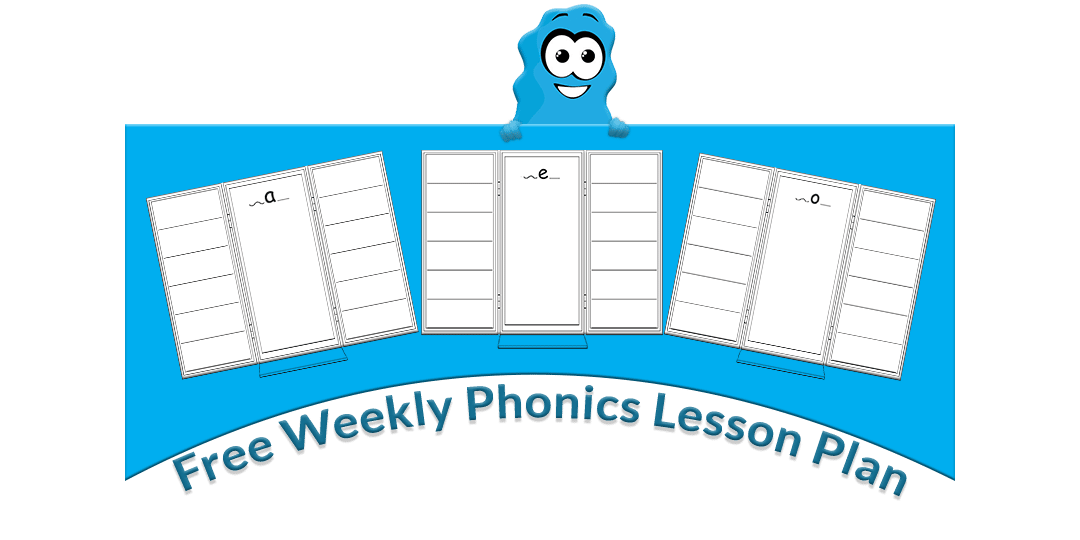Developing a Strategic Handwriting Routine
Handwriting is one of the most important components of early literacy, and developing a handwriting routine is the simplest way to get started.
Since learning to write is a skill that many students resist, ensuring that you are actively teaching this skill is essential to imprinting it into muscle memory.
Why are Handwriting Routines Important?
A handwriting routine is really the basis of teaching writing skills. Writing has many different components, and tying them together is sometimes difficult for early learners. Letter recognition, letter formation, and even the ability to hold a pencil have to merge in order to obtain proper skill levels.
Since you have to tie together both physical and intellectual aspects, hands-on practice is the only way to truly learn and establish the skill.
What is the RAS?
The Reticular Activating System (RAS) is a network of neurons in the brain that processes different types of information. Since we experience a flood of information and sensory input throughout the day, our brains must filter it and decide what is the most important information to “let past the gate.”
During any activity, the Reticular Activating System may be processing sights, sounds, and smells in a learning environment. It may be processing information from posters on the wall, the whispered conversation across the room, or how the student’s clothes feel on their bodies.
At the end of the day, you can put a piece of paper and pencil in front of a student, but if their RAS isn’t processing that information on that specific day, then they cannot learn the skill. This is why a handwriting routine is so important, as it gives the brain more opportunities to let the information through.
Components of a Good Handwriting Routine
Some general components make up an excellent handwriting routine, and you can easily implement them in both a school or homeschool environment with a little planning.
Stay Consistent
As we know, the RAS only processes certain information, and we need to give the brain as many chances as possible to learn writing skills. Consistency is the key here, and a daily routine can help overcome resistance.
As students begin to master a skill, their brains release dopamine, impacting their satisfaction levels. Once they begin to receive dopamine from their writing efforts, they are more likely to continue practicing more willingly, strengthening muscle memory.
Remain Patient
Learning how to write can be a frustrating experience for both educators and students if we let emotions come into play. Understanding how the brain learns is important in maintaining a calm, cool demeanor and remaining patient. A positive learning experience can aid in a child’s willingness to continue learning the skill.
Developing writing skills is a monumental milestone in early literacy, and it should be approached with the care and patience that it deserves. We cannot expect a student to learn writing skills in a tense environment without an established handwriting routine.
Be Clear and Predictable
We know that consistency is key in a handwriting routine, but maintaining clarity and predictability is just as important. Letting students know exactly what is expected of them during practice time can help them stay calm and understand what will happen over the learning period. This removes the risk and chance of sudden change, leading to a more positive emotional connection to the skill.
Keep it Simple (One Letter at a Time)
When implementing a handwriting routine, you don’t have to deep-dive right out of the gate. A handwriting routine is most effective when you start with one letter at a time. Since we know that learning letter formation is foundational, allowing a student to master the skill before moving on to another letter will prevent overwhelm.
Start with Lowercase Letters Before Uppercase
Lowercase letters are made up of more “shape-like” components than upper case letters. Since uppercase letters require so many start/stop points for proper formation, they can be more difficult to learn. Lowercase letters follow the much more natural shapes that students have been practicing during drawing exercises and offer a smooth transition from pre-k to early primary skills.
Keep the Long Term Benefit to Students in Mind
Always remember that a handwriting routine is a long-term game. Students will not learn all of the skills needed to master writing in a week or even a month. A handwriting routine that establishes a risk-free learning environment and maintains consistency will see the most student progress over time.
Provide Regular Prompts
Providing opportunities for writing is important for developing a handwriting routine. Students will not often choose to initiate the work themselves, so keeping prompts exciting, and novel is essential for letting information pass through the RAS.
Model First, Always.
We cannot expect students to know how to form letters inherently. Since there are so many varied aspects of mastering this skill, it must be explicitly taught. Showing students how to correctly hold a pencil and directly showing them how to properly stroke and form letters is necessary. Modeling writing skills will deliver the best results every time.
Celebrate Progress and Have Fun
No matter how small the progress may seem to you, it is so important to celebrate success with your students. Developing a positive connection with learning will help forge those solid learning connections, and receiving praise can help flood the brain with feel-good dopamine.
Incorporating Kinesthetic Movement in a Handwriting Routine
Incorporating kinesthetic movement into your handwriting routine is an easy way to keep lessons fun and students interested. When students use their bodies to learn, they are able to link the motion to muscle memory, which helps them remember letter formation and other tricks that can aid in learning how to write.
Children learn best when they are active, engaged, and having fun. Ensuring that you are creating a multi-sensory experience for your students can improve writing effectiveness by leaps and bounds.
How PIM helps
Phonics in Motion’s handwriting routine with The Reading & Writing Monster delivers on all of the above components. This 5-8 minute daily routine focuses on one letter per week and is quite different than other programs. It includes our KMP’s (multisensory motions for each sound) to connect the sound to the letter.
PIM has focused on the importance of dynamic teaching by developing handwriting stories. The story directs the correct stroking of the letter. They attend to reversals, teach directionality, and guide children on how to write their letters with kid-approved stories that they love and remember.
While other programs require kids to apply hard to remember language and instructions like “go up to the skyline,” PIM removes the need to understand and apply references like that. Instead of trying to figure out needless information, the learner can solely focus on the task at hand; forming the letter.
PIM has a simple approach: Let’s make it easy. Let’s make it fun. Let’s make it muscle memory. And, let’s build pathways in the brain with a daily handwriting routine!
Conclusion
Since a handwriting routine is so crucial to meeting overall learning outcomes, it is important to approach the subject with care and caution.
Phonics in Motion has taken the stress out of teaching writing skills with our exclusive Reading & Writing Monster. We focus on building a fun, safe learning environment to teach the most fundamental of skills.
If you would like a sample Reading & Writing Monster story, you can find one here.
Phonics in Motion’s e-book has been written by early literacy expert Dr. Terry Kindervater and outlines step-by-step methods for incorporating kinesthetic movement in all early literacy settings. To uplevel your teaching methods and encourage students to learn in a way that supports exceeding educational outcomes, check it out here.








